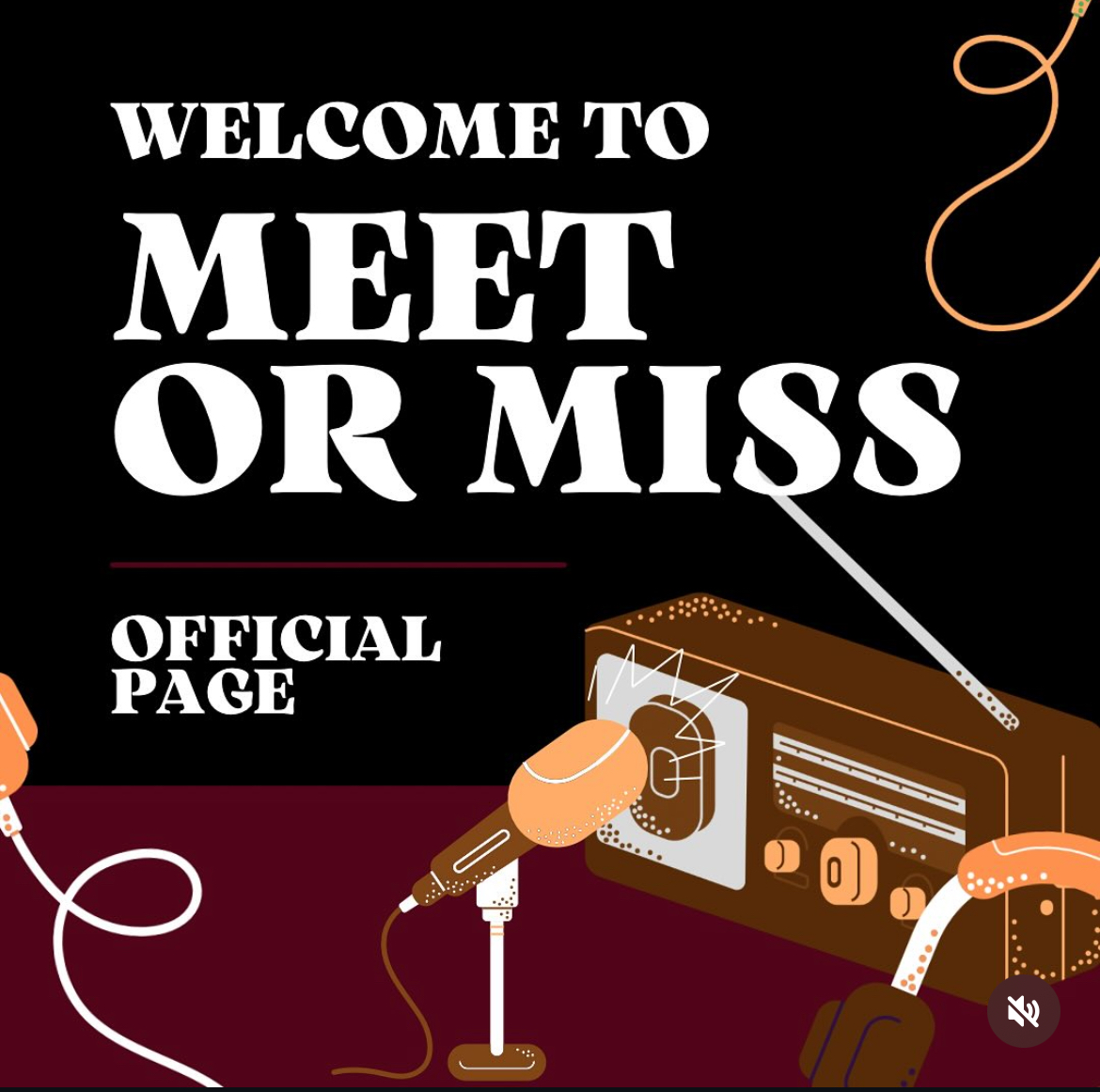WASHINGTON – A White House panel of independent space experts says NASA’s return-to-the-moon plan just won’t fly.
The problem is money. The expert panel estimates it would cost about $3 billion a year beyond NASA’s current $18 billion annual budget.
‘Under the budget that was proposed, exploration beyond Earth is not viable,’ panel member Edward Crawley, a professor of aeronautics at MIT, told The Associated Press yesterday.
The report gives options to President Barack Obama, but said NASA’s current plans have to change. Five years ago, then-President George W. Bush proposed returning astronauts to the moon by 2020. To pay for it, he planned on retiring the shuttle next year and shutting down the international space station in 2015.
All those deadlines have to change, the panel said. Space exploration would work better by including other countries and private for-profit firms, the panel concluded.
The panel had previously estimated that the current plan would cost $100 billion in spending to 2020.
Former NASA associate administrator Alan Stern said the report showed the harsh facts that NASA’s space plans had ‘a mismatch between resources and rhetoric.’ Now, he said, Obama faces a choice of ‘essentially abandoning human spaceflight’ or paying the extra money.
The panel, chaired by retired Lockheed Martin CEO Norman Augustine, includes executives, scientists and ex-astronauts. It posted a summary report yesterday on both White House and NASA web sites.
NASA can’t get beyond low-Earth orbit without spending more, but space travel with astronauts is important, the panel found. That will cost an extra $3 billion a year and is ‘unquestionably worth it,’ Crawley said.
The question is where to go.
The Bush plan was to go to the moon, which would serve as a training ground for flights to Mars. The Augustine panel agreed Mars is the ultimate goal, but said going to the moon first is only one option and not the preferred one. Instead, the panel emphasized what it called a ‘flexible path’ of exploring near-Earth objects such as asteroids, the moons of mars, and then landing on the moon after other exploration.
‘There’s a lot of places in the neighborhood,’ Crawley said. ‘In fact, going to the moon is more difficult than going to a near-Earth object.’
The panel also said the space shuttle should continue flying until early 2011 to finish all its space station work and that it can’t realistically retire by Oct. 1, 2010 as the Bush administration planned.
The panel called ‘unwise’ the Bush plan to shut down the space station in 2015 and steer it into the ocean, after 25 years of construction and only five years of fully operational life. The space station’s life should be extended, the panel said.
Once the shuttles are grounded, it could be another six to seven years before the United States has its own transportation into space, the panel estimates. That’s because it will take a few years to build and test the new Ares rocket. In the meantime, NASA will have to rely on the Russian Soyuz.
The panel also urged NASA to pay private companies to develop spaceships to ferry astronauts to the space station and low-Earth orbit. That may be riskier, but it would free up NASA to explore elsewhere, the panel said. Elon Musk, chief executive officer of SpaceX, said within a few years he could send astronauts to space for about $20 million a person, less than the $50 million Russia is charging. He hopes to launch his private rocket, Falcon 9, later this year or early next.
NASA should encourage other countries to join the U.S. in exploring space beyond Earth orbit, the panel said.
‘If after designing cleverly, building alliances with partners and engaging commercial providers, the nation cannot afford to fund the effort to pursue the goals it would like to embrace, it should accept the disappointment of setting lesser goals,’ the report said.
The panel outlined Obama’s options. In two cases, the federal government could choose not to spend extra money on exploration and thus wouldn’t go to the moon or anywhere new in the next couple decades. The other plans involve spending more money.
The panel suggested that if NASA continues its current moon plans, to save money it should kill plans to make a smaller Ares I rocket to carry astronauts and go right to the bigger Ares V.
Other variations of going to moon plan could rely on a version of the space shuttle system that would use the boosters and external tank with a capsule attached.
NASA already has spent $7.7 billion on its current moon plan, including the design and construction of new rockets. The Ares I has a test of its key first stage scheduled for later this week and an overall test launch scheduled for Halloween.













